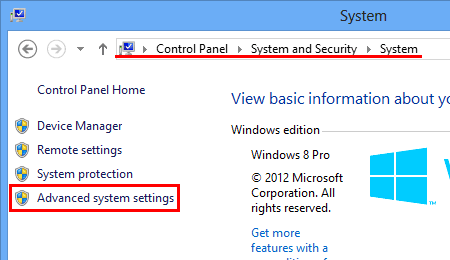When you delete the user account, it does not remove the profile folder, and now that the folder is no longer associated with a user profile, it will be listed as "Account Unknown" as you observed.
You can safely delete any "Account Unknows" from the System Properties dialog, but this may still not completely remove the users' directory.
If it has not, and User\Bob is still a thing and not canned like his sorry a$$ was, then you should be able to manually go through and delete the profile. Sometimes these profiles can go very deep, with lots of nested folders that do not delete properly, or even locked files.
Taking ownership of the folder and giving yourself Full Control of all the folders, subfolders, and files, should help, as well as shortening the names of any folders that may extend beyond the path length limit.
Standard procedures for deleting large and complex folders apply here as well:
- Delete a few subfolders at a time, rather than just trying to get all of them in one go.
- Remove Read Only permissions on the files.
- Make sure you've got the appropriate permissions on your own account to do the deletion.
- Reboot the computer to make sure any open files are closed (thumbnail caches are worst about this).
- Kill explorer.exe and use Taskmanager to delete really tough files.
- For the absolute worst files that just refuse, use a bootable disk that allows you to mount the local drive and control it and remove the offending files. Be VERY careful if it comes to this though.



This worked for me on Windows 10, too. – mehmetseckin – 2018-08-13T09:11:02.310